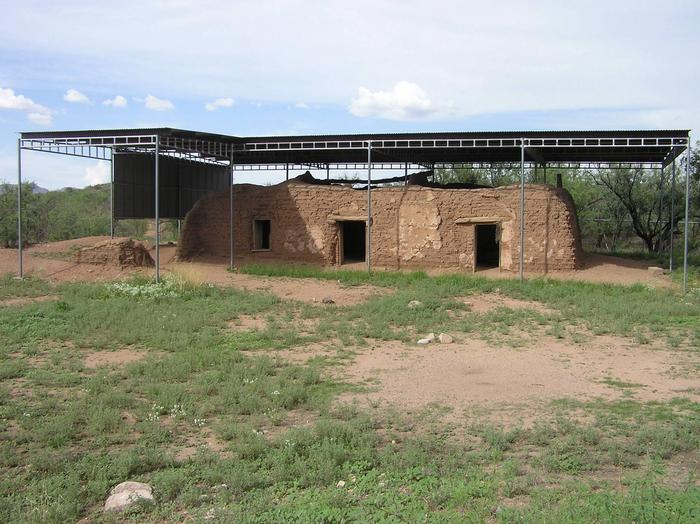Last updated: April 30, 2024
Article
SOAR Collaborates with Tumacácori on San Cayetano de Calabazas

SOAR Archeologists Sharlot Hart and Iraida Rodriguez, and Geographer Jake DeGayner used terrestrial laser scans to gather source data for the project. This data was utilized to create a high-resolution 3D printing. The resulting 32" epoxy plastic-based model, painted to match the adobe's color and handcrafted with traditional finishing techniques, offers an accurate reproduction of the historic landmark.
This realistic model, now housed at the Desert Research Learning Center in Tucson, Arizona, serves a dual purpose: it not only enriches educational experiences for citizen scientists and field trip participants but also contributes to ongoing experiments on climate change's impact on adobe structures. The model will also be made available for public viewing at on-site demonstrations near the original ruins at Tumacácori National Historical Park.

NPS Photo
